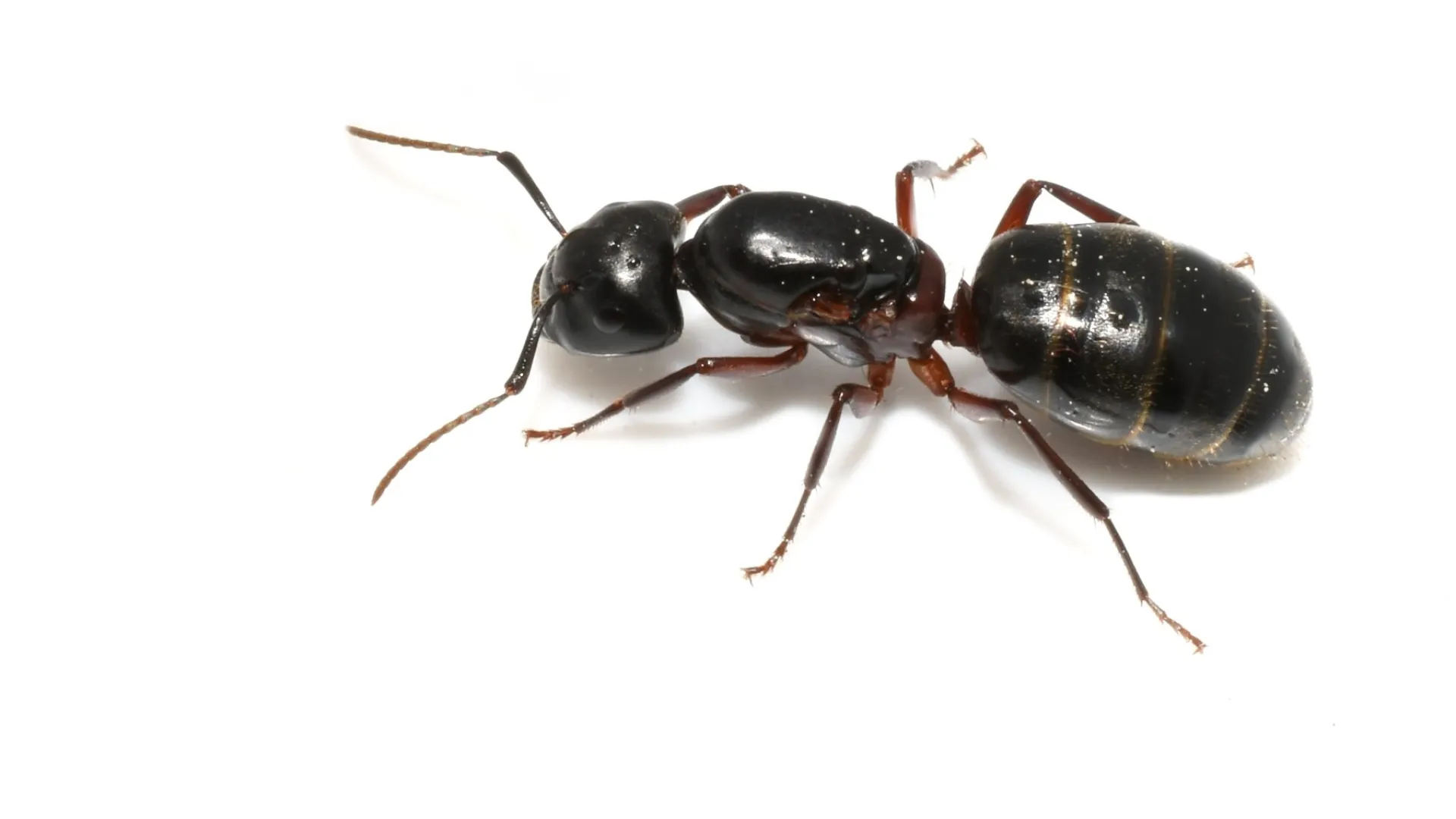
Carpenter Ant
About Carpenter Ants
Carpenter ants excavate wood in order to build their nests which results in smooth tunnels that are free of frass inside the wood. These are among the largest ants found in the United States, ranging in size from 1/8 to ½" long; the queens are slightly larger.
Pest Description:
- Color: Usually red, black or a combination
- Legs: 6
- Shape: Segmented; oval
- Size: 1/8 - 5/8"
- Antennae: Elbowed with 12-segmented antenna with no club
- Region: Throughout U.S., most common in the North
- Habits: Carpenter ants mainly attack wood that is or has been wet and damaged by mold. Although black carpenter ants initially invade wet, decayed wood, they may soon begin working their way through dry, undamaged wood. Access into structures is often gained through cracks around doors, windows, or through penetrations through the exterior façade. They are most active at night and will feed into the early morning hours. Overhead wires, shrubs, fences and tree limbs that touch the building far above the ground provide excellent highways to structures.
- Habitat: Carpenter ants often build their nests outdoors tree stumps, firewood or landscaping but will forage up to 300 feet from the nest. Carpenter ants need a constant water source to survive and are attracted to wet, damaged wood. Once these ants infest you may see piles of debris around windows or doors where the ants are disposing of damaged wood, foam insulation and dead insect parts.
- Threats: Carpenter ants damage wood through their nest building. Once they gain entry to a structure, serious damage may result.
Black carpenter ants should not be ignored, call immediately to schedule a professional inspection of your property and discuss protection options.
